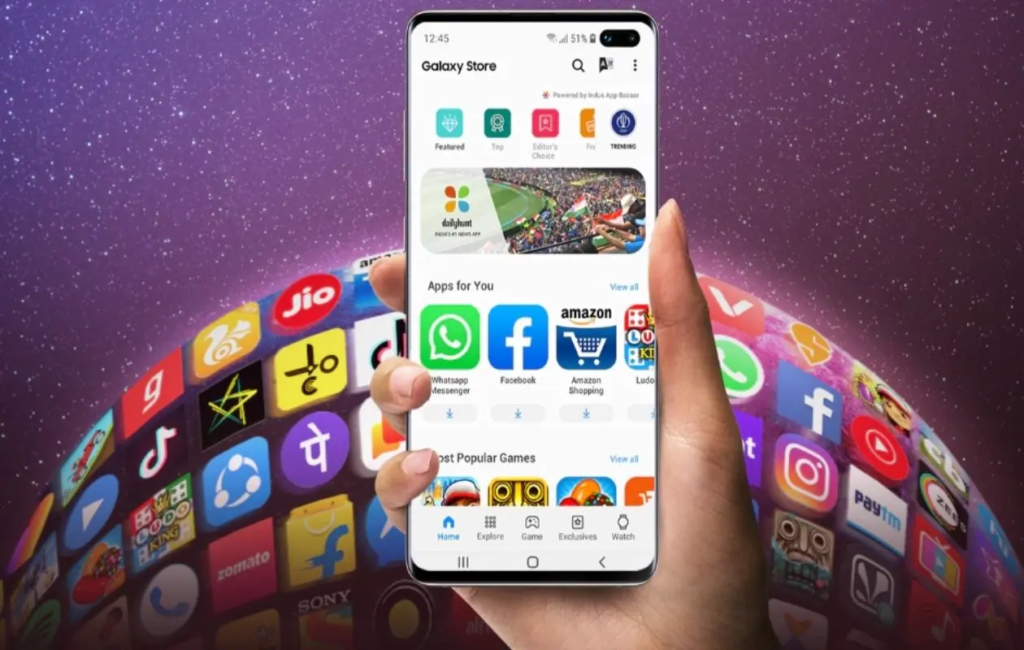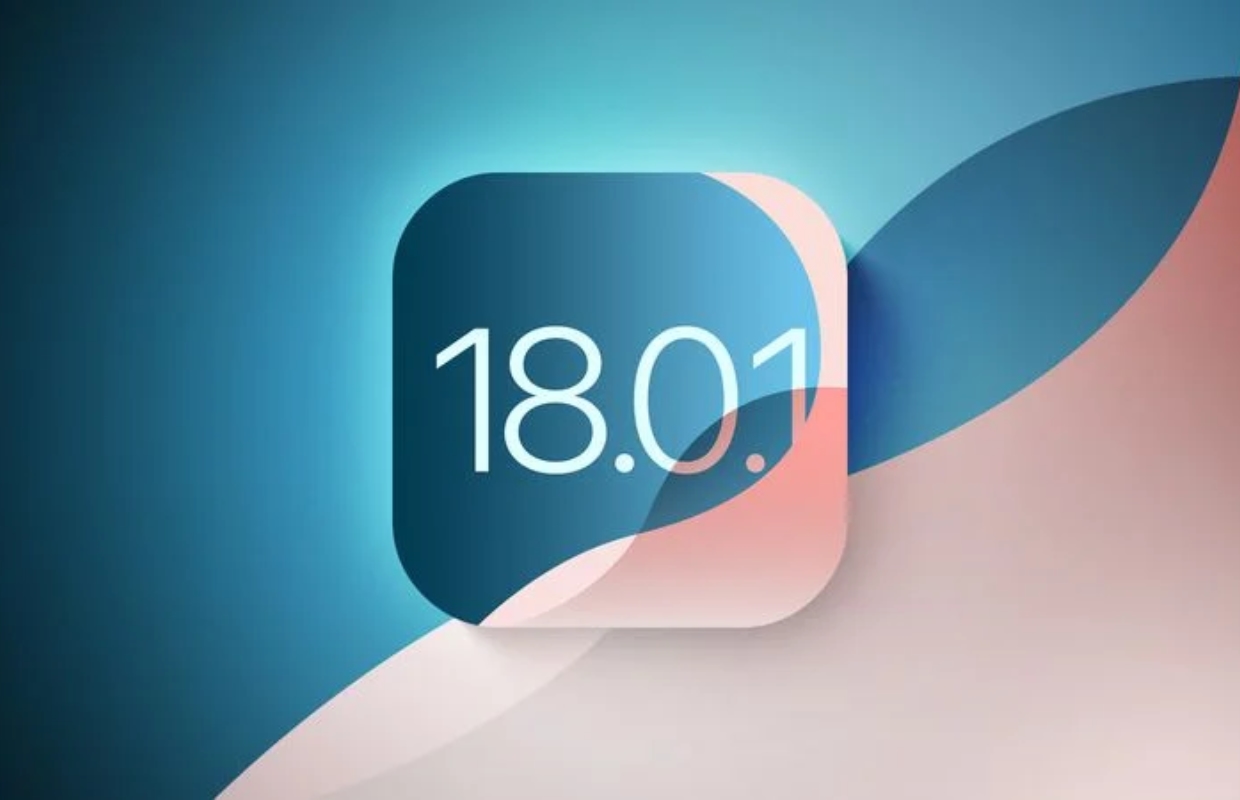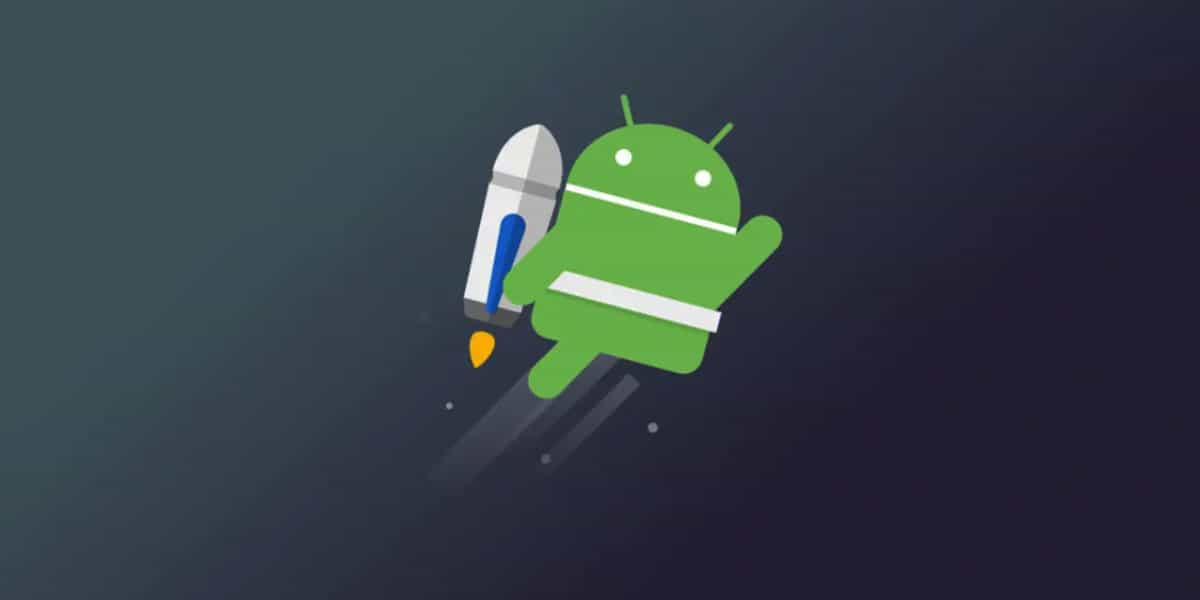Smartphones are a part of our daily lives, but not everything on your phone is useful. Bloatware is when you see apps on your device that you didn’t install, don’t use often, and can’t get rid of.
So, what is bloatware? And most importantly, how does it affect the speed, battery life, and overall usability of your phone?
This complete guide will cover all the information you need to know about bloatware, including its types, how it gets on your device, how it affects performance, and how to get rid of it, especially on Android devices. If you know what bloatware is, you can make better decisions when you buy or manage a smartphone, whether you’re a casual user or a techie.
What is Bloatware?
Bloatware is software that comes with a new device and is often added by the manufacturer, carrier, or even third-party developers. Most of the time, these apps aren’t necessary for your phone to work, and they might run in the background, take up space, or use up system resources without you knowing it.
Bloatware is often useless and hard to get rid of, unlike apps that are important to the system, like your phone dialer or settings. That’s what makes it different: it’s not that the app exists, but that people don’t want it and can’t get rid of it.
Different Kinds of Bloatware on Phones
There are different kinds of bloatware, and knowing what they are can help you find them more easily.
1. Apps from the Manufacturer
OEMs, or original equipment manufacturers, like Samsung, Xiaomi, and Huawei, often put their own versions of important apps on their devices. For example, Samsung Mail, Samsung Notes, or Mi Browser.
2. Apps for Carriers
If you got your phone from a carrier, it probably came with apps like AT&T Navigator, My Verizon, or T-Mobile TV.
3. Apps That Are Paid for by Other People
Facebook, TikTok, and games like Candy Crush are often pre-installed on phones as part of deals between developers and phone brands.
4. Trialware
Some phones come with free trial versions of antivirus software or office suites that try to get you to buy the full version after a short time.
5. System Services That Aren’t Very Useful
Bloatware is any system process that can’t be uninstalled or even turned off but doesn’t do much good and still uses up battery or data.
Why Do Manufacturers Put Bloatware on Their Products?
Knowing why people make bloatware can help explain why it is still so common, even though it annoys users.
- Making Money: Software developers often pay phone makers and carriers to put their apps on phones before they are sold.
- Brand Differentiation: To “enhance” the user experience, some brands add their own apps and features.
- Data Collection: Some apps that come with the phone collect user data for analytics and targeted advertising.
- Contractual Obligations: Manufacturers may have agreements with carriers or tech partners that say certain apps must be included.
These reasons are good for businesses, but they don’t usually help the user, and over time they can make the user experience worse.
How Bloatware Affects Performance

The most important reason to know what bloatware is is because it changes how your phone works. One app might not slow things down too much, but a lot of them together can have a big effect.
1. Less Space for Storage
Some bloatware apps take up hundreds of megabytes or more and can’t be removed. This makes it harder to store photos, videos, and apps that you actually use.
2. How Much RAM and CPU Are Being Used
Many bloatware apps run processes in the background that use up RAM and processor cycles. This makes it take longer to switch between apps and even causes lag in simple tasks.
3. Battery Drain
Apps that run in the background or check for updates all the time can drain your battery, especially over time.
4. Risks to Security
People often forget to update apps they don’t use, which makes them a possible security risk if someone takes advantage of them.
5. Messy Interface
Extra apps that you don’t use can make your home screen or app drawer too full, which can make your phone feel less intuitive and harder to use.
How to Find Bloatware
You don’t have to be a tech expert to find bloatware. Here are some signs that something is wrong:
- You didn’t do the installation of the app yourself.
- You can’t uninstall it in the usual ways.
- The app isn’t necessary for the phone to work.
- The name of the carrier or manufacturer is written on it.
- It runs processes in the background or shows up in battery usage stats, even if you never opened it.
It’s a good idea to look over your list of apps and ask yourself:
- “Do I use this?”
- “Is it possible to remove or turn it off?”
Which Phones Have Less Bloatware?
If you want to avoid bloatware, think about these cleaner Android experiences:
1. Phones from Google Pixel
The best way to keep Android clean. Pixel phones come with only the most important features and get updates directly from Google.
2. OnePlus (OxygenOS)
OnePlus is known for having a near-stock Android experience, with little bloatware and easy ways to turn off or uninstall apps you don’t need.
3. Motorola (My UX)
Motorola phones have a clean interface with little to no bloatware and useful features like gesture controls.
4. Xperia by Sony
Sony’s Android skin is light and fast, and it only comes with a few apps already installed.
If you want the cleanest experience, stay away from phones that have a lot of custom features from brands like Samsung, Xiaomi, or Oppo. However, newer models often let you turn off more apps than older ones.
How to Get Rid of Bloatware on Android
If you already have a phone and want to speed it up, here are some ways to get rid of or turn off bloatware on Android:
1. Uninstall Through Settings (If You Can)
You can delete some pre-installed apps just like any other app:
- Click on Apps in Settings
- Choose the app you don’t want
- Tap on Uninstall
Go to the next step if the button is greyed out.
2. Turn Off System Apps
If you can’t uninstall:
- Open Settings and then Apps
- Press the app
- Choose Disable
This stops it from running and takes it out of your app drawer.
3. The ADB (Android Debug Bridge) Method
For more experienced users, ADB can get rid of bloatware without rooting your phone.
- Turn on Developer Options on your phone.
- Activate USB Debugging.
- Connect your phone to a PC that has ADB on it.
- You can uninstall apps from the system profile using the command line.
⚠️ Be careful: Deleting important apps can make your system unstable. Before you delete an app, always do some research.
4. Rooting the Device
Rooting lets you access the entire Android file system, so you can delete any app.
- You can use apps like Titanium Backup to delete or freeze bloatware.
- But rooting can void warranties and put the device at risk of security problems.
Is Bloatware Always a Bad Thing?
Not always. Some of the apps that come with your device are useful for some people, especially beginners or older people who need easy access to email, cloud storage, or notes. Some people might find a fitness app or a file-sharing tool useful, even if others think it’s unnecessary.
In some cases, the app may work better with system features than third-party options. The problem happens when:
- The app is unnecessary (it has more than one browser or photo editor).
- It uses a lot of resources.
- You can’t take it out or turn it off.
It’s not the app itself that is the problem; it’s the fact that you don’t have a choice.
How to Avoid and Deal with Bloatware Like a Pro
Here are some tips from mobile tech experts for cleaning up an old phone or buying a new one:
1. Get Devices That Are Not Locked
Carrier bloatware is less likely to be on unlocked phones that you buy directly from the manufacturer.
2. Do Your Research Before You Buy
Look for phrases like “clean UI,” “minimal skin,” or “bloatware-free” on tech forums and in reviews.
3. Use Lite Apps Instead
If your phone has bloatware, you can still lower the background load by using “lite” versions of popular apps like Facebook Lite and YouTube Go.
4. Reviews of Apps on a Regular Basis
Every few months, look through your apps and delete any that you haven’t used in a while. This keeps your system slim.
5. Set Up a Custom Launcher
Some launchers let you hide apps that you don’t use, even if you can’t uninstall them.
6. Reset to Factory Settings with a Minimal Restore
If your phone lets you, reset without restoring a full backup. This will keep you from having to reinstall apps you don’t use.
In Conclusion
What is bloatware, then? It’s the software that comes with your device that you don’t need and can’t remove, and it quietly takes up space, memory, battery, and your patience. Not all pre-installed apps are bad, but a lot of them make your phone less useful without adding anything useful.
If you know how bloatware works, how it affects performance, and how to find or get rid of it, your phone will feel faster, cleaner, and more useful. You now have timeless tips that will help you no matter how smartphone technology changes. These tips include how to choose the right phone brand and how to turn off apps you don’t want.
Keep in mind that the best smartphone isn’t the one with the most features; it’s the one that lets you choose.



